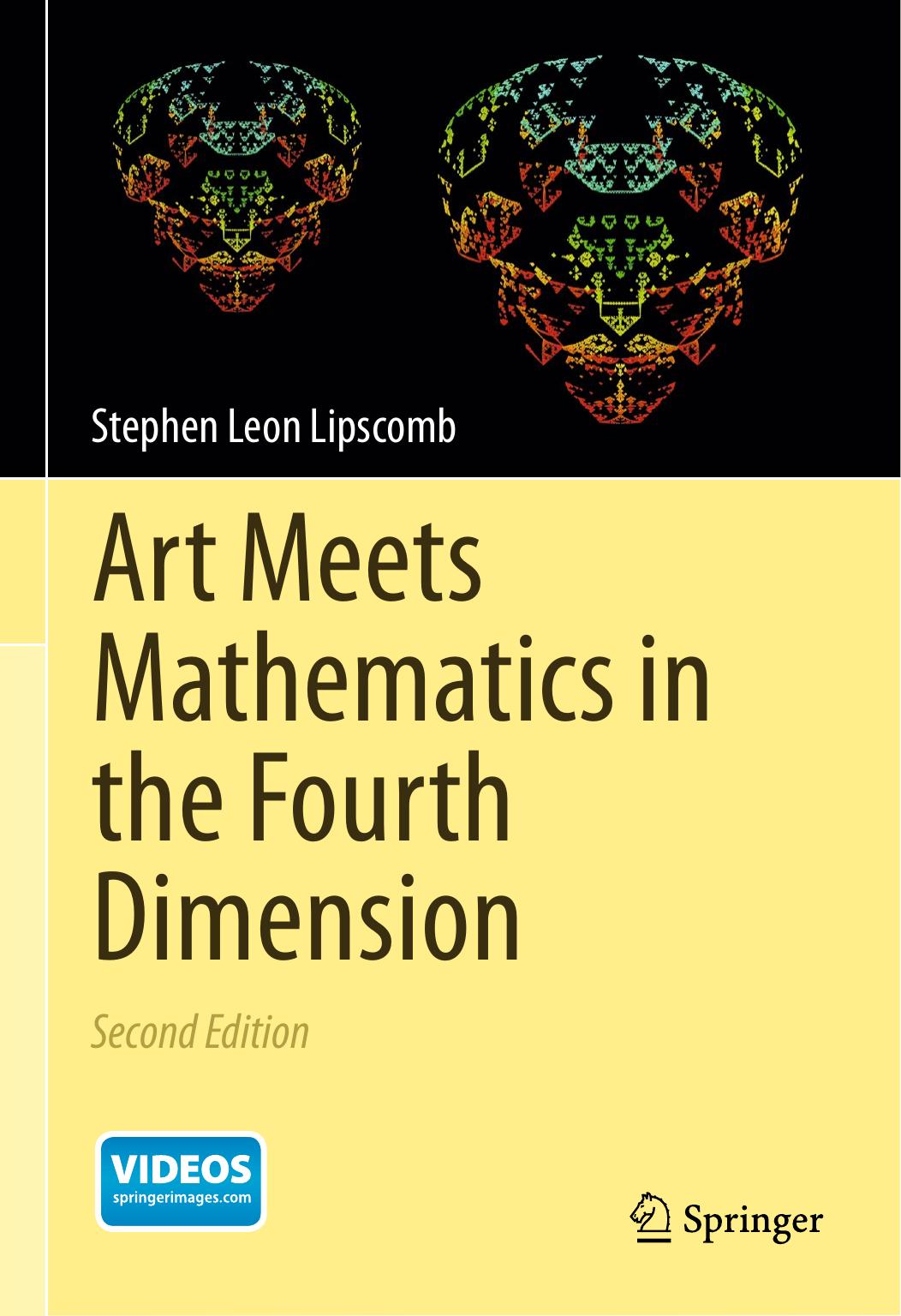

Most ebook files are in PDF format, so you can easily read them using various software such as Foxit Reader or directly on the Google Chrome browser.
Some ebook files are released by publishers in other formats such as .awz, .mobi, .epub, .fb2, etc. You may need to install specific software to read these formats on mobile/PC, such as Calibre.
Please read the tutorial at this link: https://ebookbell.com/faq
We offer FREE conversion to the popular formats you request; however, this may take some time. Therefore, right after payment, please email us, and we will try to provide the service as quickly as possible.
For some exceptional file formats or broken links (if any), please refrain from opening any disputes. Instead, email us first, and we will try to assist within a maximum of 6 hours.
EbookBell Team

4.7
66 reviewsTo see objects that live in the fourth dimension we humans would need to add a fourth dimension to our three-dimensional vision. An example of such an object that lives in the fourth dimension is a hyper-sphere or “3-sphere”. The quest to imagine the elusive 3-sphere has deep historical roots: medieval poet Dante Alighieri, in his circa 1300 AD Divine Comedy, used a 3-sphere to convey his allegorical vision of the Christian afterlife. In 1917, Albert Einstein visualized the universe, at each instant in time, as a 3-sphere. He described his representation as “…the place where the reader’s imagination boggles. Nobody can imagine this thing.” Over time, however, our understanding of the concept of dimension evolved. By 2003, a researcher had successfully rendered into human vision the structure of a 4-web (think of an every increasingly-dense spider’s web). In this text Stephen Lipscomb takes his innovative dimension theory research a step further, using the 4-web to reveal a new partial image of a 3-sphere. Illustrations support the reader’s understanding of the mathematics behind this process. Lipscomb describes a computer program that can produce partial images of a 3-sphere and suggests methods of discerning other fourth-dimensional objects that may serve as the basis for future artwork.
Reviews
The author’s notion of fractal-based computer art is fascinating-a clear expression of our technological age. With the color plates in this book and the available DVD animation the reader will not only substantiate this, but will also gain an intuitive sense about the nature of fractals and about the structure and origin of the 4-web. A.D. Parks, Ph.D., Principal Scientist, Head of Quantum Physics Group, Naval Surface Warfare Center, Dahlgren Virginia
Using numerous illustrations, the author discusses the idea of a fourth dimension. The new feature here is his use of an object that up until recently lived only in the fourth dimension. This book should become useful, educational, and widely-read. Gerald Edgar, Professor (Emeritus) of Mathematics, The Ohio State University
I have read many books, but only a couple has been as suggestive in terms of connections between mathematics, art, and physics as this book. It will be exceptionally well received. John E. Gray, Senior Member of IEEE, Lead physicist (over 130 publications)
An accessible yet rigorous treatment of recent mathematical research, this book is particularly valuable since its author developed these concepts originally. J. Larry Lehman, Professor of Mathematics, University of Mary Washington
Read More